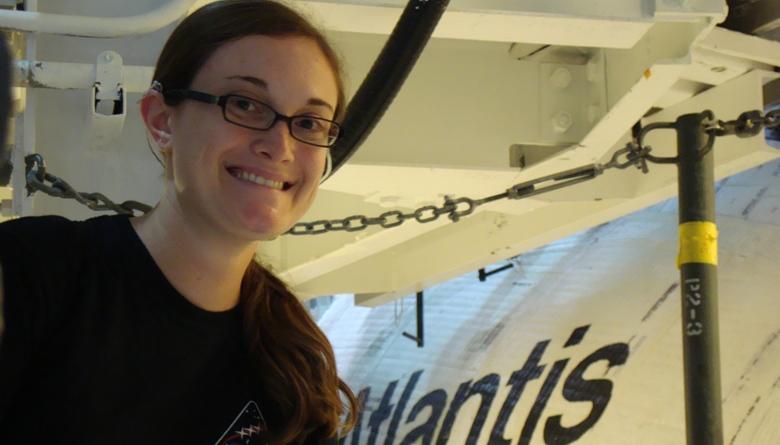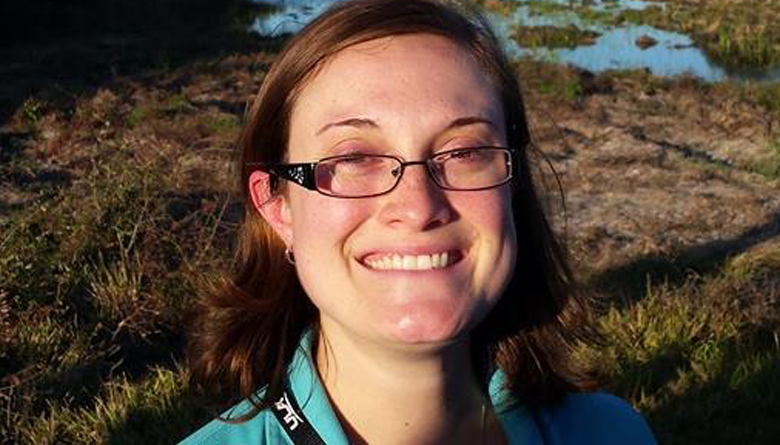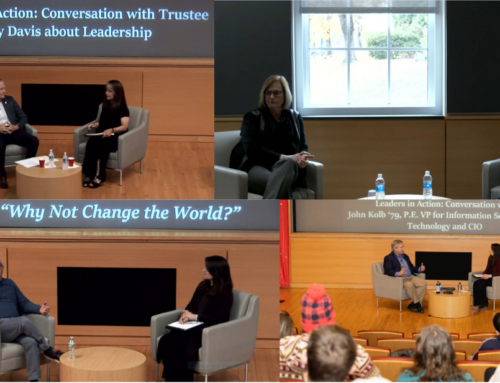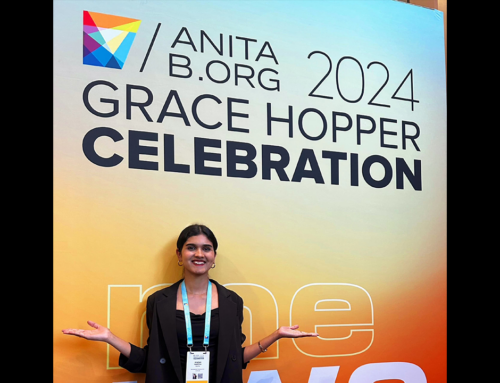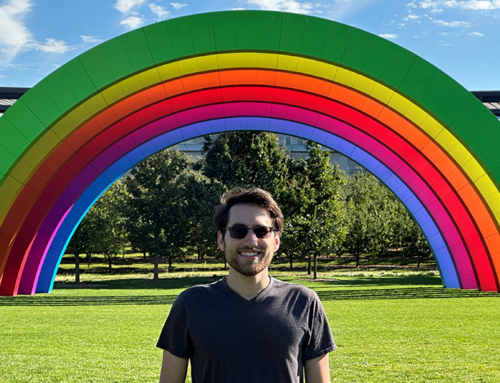Kathleen (Kat) Coderre ’06 is a staff systems engineer for Lockheed Martin in the Advanced Programs Group within the Commercial Civil Space area.
You majored in aeronautical engineering. Have you always been interested in space?
I am originally from New Jersey and was always interested in aircraft and space. In the 7th grade, I attended a U.S. Space Camp in Huntsville, Alabama, and I was hooked—I wanted to be an aerospace engineer! I’ve always had the drive, I’ve always really wanted to work in human space exploration. It’s just a passion I’ve always had that. Luckily it worked out well for me and I was able to find a good spot and be lucky enough to have a hand in this adventure.
What is your role at Lockheed Martin?
Lockheed Martin has been working with NASA the past few years, trying to figure out how to get humans back to the moon and I have been working on this team. I’m a systems engineer working on NASA’s Gateway, which is part of NASA’s Artemis Program. The Gateway is a spaceship in orbit around the moon where astronauts will live and work for up to three months at a time. I perform architecture studies, trying to figure out what the whole system needs to look like, but I primarily focus on the Habitat Element of the Gateway (where astronauts will live, work, and perform science). There is a really big push right now for deep space human exploration and I am part of this awesome team at Lockheed Martin trying to figure out how do we design a more sustained approach to human space exploration.
Why is it important?
We can learn a lot from the moon; we get a great return on investment here on Earth from investing in space exploration technologies.
What drives you to excel?
Human spaceflight is a really fun challenge. I want to see humans exploring our solar system and then deeper into space and I’m lucky to be a part of it. The best way I can contribute to this is doing my job well, to ensure mission success and focus on safety, especially for our astronauts.
Do you have a moment or event in space history that heavily influences you or is your favorite?
There are several examples of events in space history that are my favorite. It is hard to choose one. I see history as a great learning experience—lessons learned on best practices and how to prevent failures in the future, not to mention a good way to stay inspired. The story of Apollo 13 is inspirational and a true example of not giving up. I managed to see three space shuttle launches before their retirement—a truly magnificent sight and it reaffirmed I was still doing the things I loved to do.
You’ve been involved in the diversity and inclusion initiatives not just at Lockheed Martin, but for the aerospace industry as a whole. How did you get involved in that initiative?
Utilizing the diverse backgrounds, talents, and capabilities of our workforce allows us to build better technical solutions and enhances the workplace environment. During my time in Houston as a contractor at NASA, I was asked to be a representative on the diversity and inclusion council. I continue involvement today at Lockheed Martin by participating in our various diversity and inclusion initiatives as well as being involved with several Employee Resource Groups focusing on creating a diverse and inclusive workplace.
To focus on one particular area of diversity and inclusion, women have been changing the world of space exploration since the beginning – women performed most of the calculations in the 1960s (basically they were the computers of their time) and helped land us on the moon! Today, women contribute enormously to space exploration. We have a woman astronaut, Christina Koch, on the International Space Station who will spend nearly a year on the ISS! Women are designing spacecraft, contributing to human research on the space station, training astronauts, and operating the ISS (to name a few roles). NASA and my company, Lockheed Martin, embrace diversity in all categories—and I have been lucky enough to help contribute to human spaceflight.


